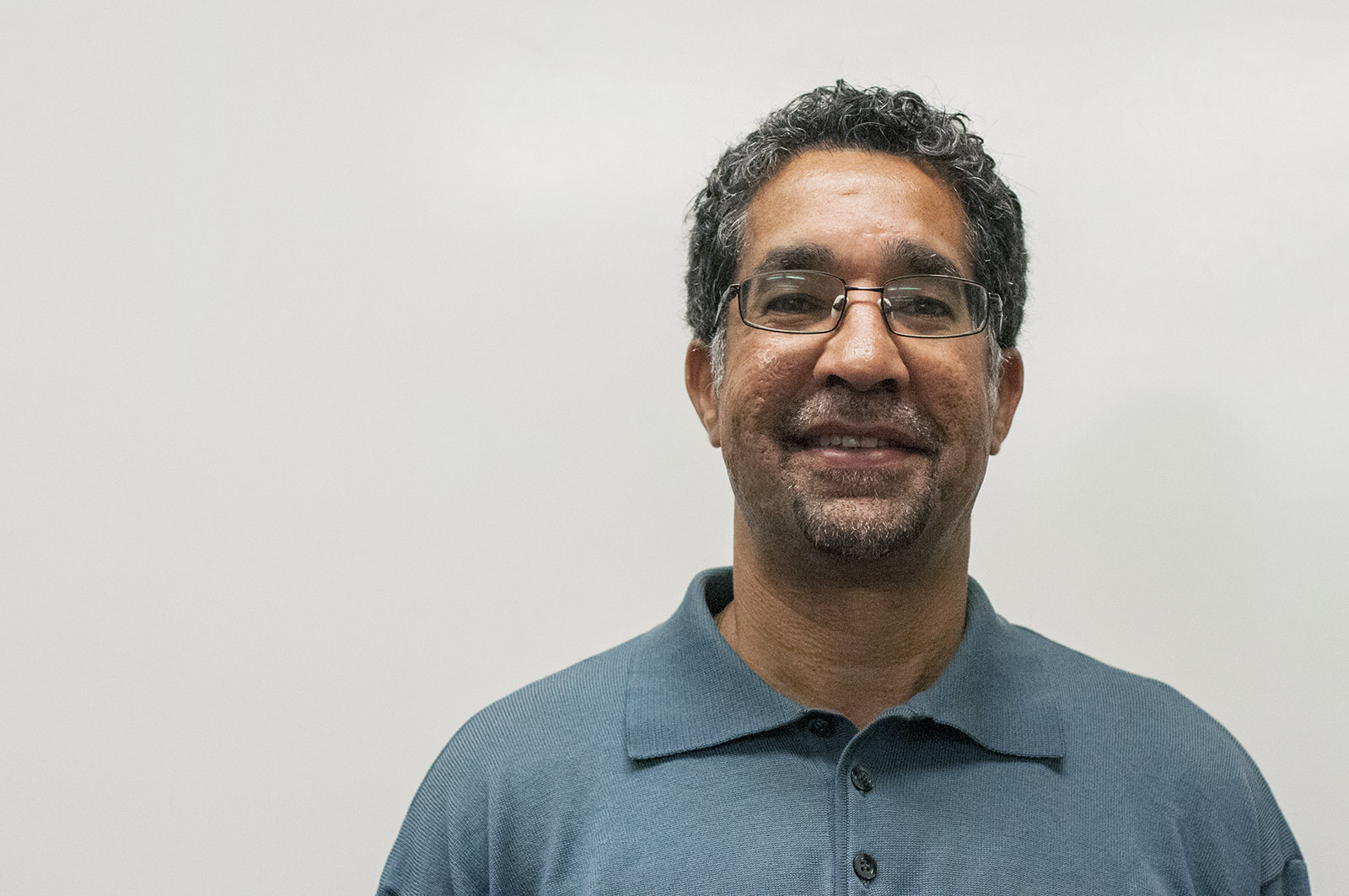Q&A: White House cites public policy professor’s research on incarceration

Professor Michael Stoll said he hopes his research on mass incarceration, which was cited by the White House, will influence criminal justice policy decisions, help achieve public safety goals and reduce reliance on prisons. (Pinkie Su/Daily Bruin)
By Evolet Chiu
May 5, 2016 12:17 a.m.
In April, the White House cited professor Michael Stoll’s research on incarceration growth and reform in a report for President Barack Obama’s criminal justice reform project.
Stoll, a professor of public policy, has also researched labor markets and poverty. His work includes findings on how employers react to hiring people with criminal records, and whether prisons actually make Americans safer.
Stoll said he hopes his research on mass incarceration will influence criminal justice policy decisions, help achieve public safety goals and reduce reliance on prisons. The Daily Bruin’s Evolet Chiu spoke with Stoll to learn more about his research in this field.
Daily Bruin: What was the most surprising thing you learned through your research?
Michael Stoll: Prison populations are at an all time high, but crime rates are low. There are a lot of other factors explaining the fall, other than just the imprisonment of people who commit offenses. From my research and others’, we showed empirically the increase of mass incarceration only explains about 6 to 10 percent of the decline in crime rates.
DB: What kinds of reforms would you suggest to policymakers at local, state and federal levels?
MS: We should be rethinking sentencing reform and investing in diversion programs that have huge crime-fighting effects, such as education and universal preschool. There is also a financial opportunity in reducing the utilization of prison as a crime-fighting tool. Prisons are funded by the state, yet counties decide and convict people to state prison. Counties should pay some marginal cost for their decision.
DB: Why do you think incarceration in the United States increased by 500 percent in the last 40 years?
MS: The rise in the prison population did not occur because Americans became more criminal, but rather because we, as a society, collectively decided to get more punitive with crime. This is ineffective because the crime-fighting benefits of prison diminish rather quickly. For nonviolent crimes like drug possession, the benefit is minimal because these people are marginal non-offenders. Prison is best served to fight crime when you use it to imprison those who are the most violent and pose the most public threat.
DB: Where do you think your next step will be and what are you working on now?
MS: I’m currently looking at whether families that receive government help to afford safe housing in the private market are committing crimes in the areas they live in. In reality, crime rates are rising because rents are more affordable in these areas so there may be more lower income tenants.


